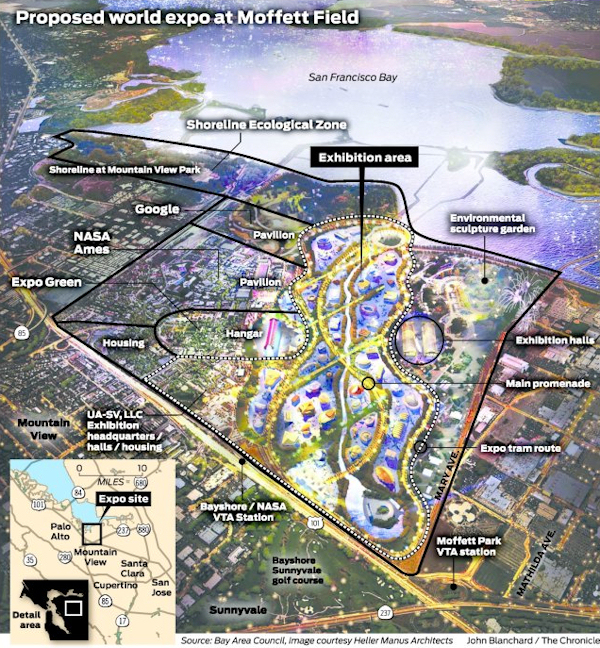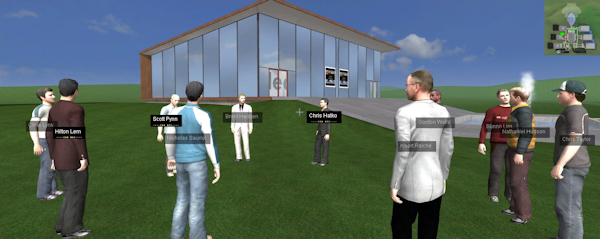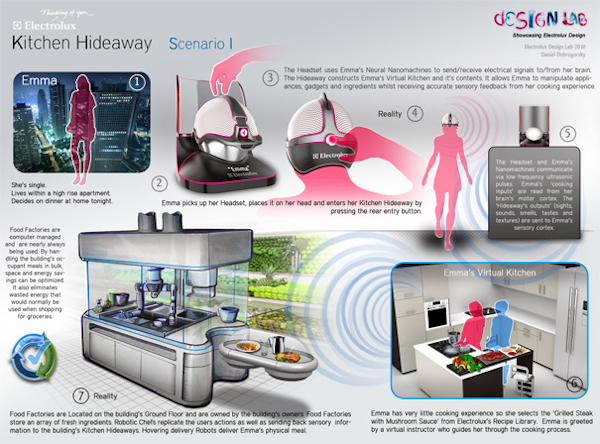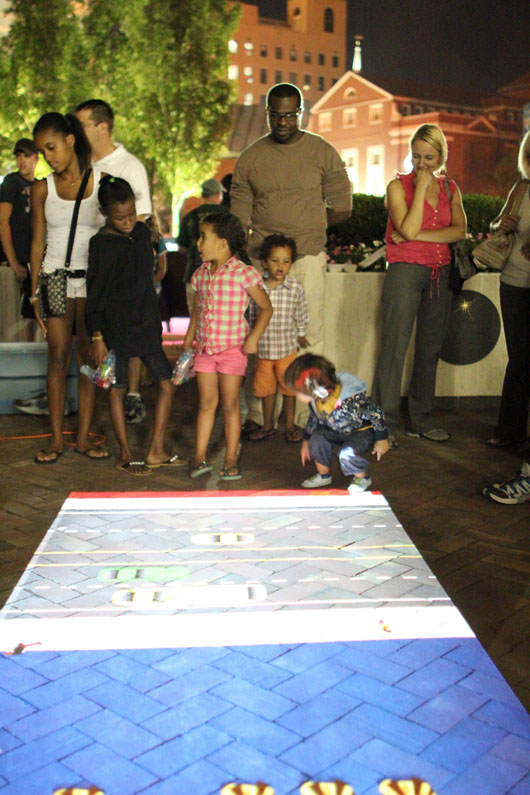Litquake
San Francisco’s Literary Festival
Virtual Reality: The Effect of Fiction on Your Mind
http://litquake.org/events/virtual-reality
October 5, 2010 6:30 pm
Cost: $12; free to Mechanics Institute members
Venue: Mechanics Institute Library
Address: 57 Post St, San Francisco, CA 94108, USA
What do you really know about the characters you meet on the page? Are you sure it’s healthy to visit imaginary worlds—even if they come from someone else’s imagination? And how well do authors know the characters they invent? These questions and yours will be addressed by our panel: a neurologist-novelist and expert on how we know what we know, the most prolific reader in the Northern Hemisphere, a novelist famous for the intensity of her characters, an authority on the cognitive aspects of fiction, and a memoirist who has experienced mental illness and whose father was a great American writer.… read more. “Call: Litquake event: Virtual Reality: The Effect of Fiction on Your Mind”




